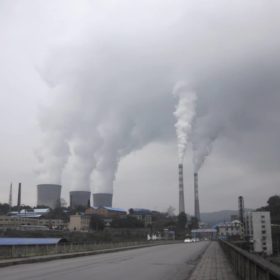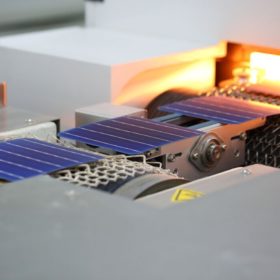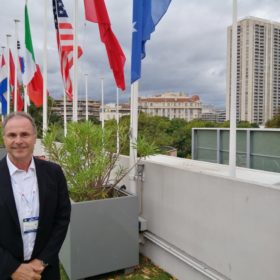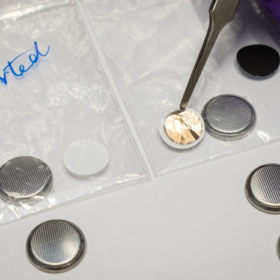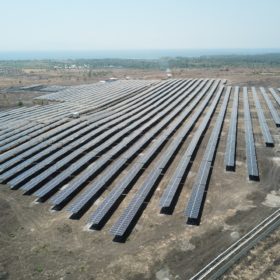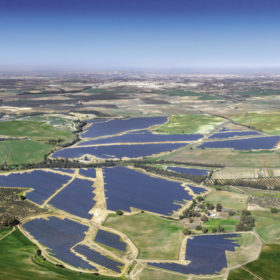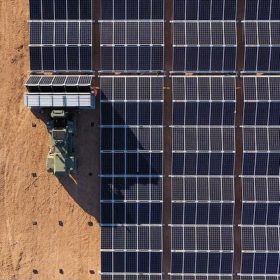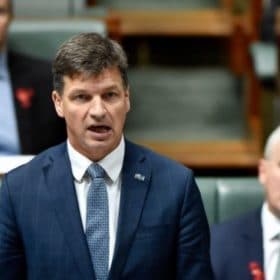China pledges not to build new coal plants abroad yet questions remain
President Xi Jinping’s pledge this week at the United Nations General Assembly that China will not build new coal-fired plants abroad is welcome news; however, Asia’s transition to low carbon energies remains in dire need of policy reforms.
Exclusive: Compelling UNSW research shows tandem cells should succeed PERC for multi-terawatt production
The urgent global need for tens of terawatts of solar capacity to replace fossil fuels by 2050 signals it’s time to hone in on developing the most sustainable technologies — before reserves of silver, indium and bismuth dry up.
Pierre Verlinden cautions it’s Hi-ho Silver no more as PV approaches multi-terawatt production
Solar cell production could consume every ounce of the world’s known silver reserves within a few years. One industry guru and his UNSW colleagues have set out the case for carefully considering what happens next.
Novel technique to prevent fires in lithium-ion batteries
Singaporean scientists have developed a special device that prevents the formation of dendrites in lithium-ion storage. The additional layer they created works as an interface on behalf of the negative electrode, to exchange lithium-ions with the positive electrode.
The world’s largest solar parks
In the third of a series of four blogs, solar pioneer Philip Wolfe lists the world’s largest solar parks. In these articles, a “solar park” is defined as a group of co-located solar power plants.
Sunday read: Price cannibalisation threatens PV growth
As solar deployment increases, concerns about price cannibalisation continue to be more and more relevant. Large-scale solar generation during midday hours may result in curtailment or unprofitable wholesale power prices. As supply increases, the economic viability of solar PV projects could fall into question.
Saturday read: Keys to urban solar
Buildings are considered to be a major driver of emissions. In addition to the predicted billions of square meters of space that will be built across the world over the next decade, most developments standing today will still be around in 2050. Thus, retrofitting existing structures is seen as a key sustainability target. In the fourth quarter of 2021, pv magazine’s UP Initiative will focus on the role that solar and energy storage can play in greening the world’s urban spaces.
A tale of two causes: curtailment as renewable records break
The past week saw more records broken in the National Electricity Market (NEM), with instantaneous renewable generation hitting a record 59.8% in the afternoon of Sunday 19 September 2021, before breaking 60% for the first time on Monday 20 September 2021. Sunny weather across both days meant rooftop solar made up around half of renewable generation at this peak output, reducing operational demand and suppressing prices during the day.
World’s largest solar+storage project ‘first of many’ says developer
The Australian-Singapore group behind a proposed 20 GW solar PV farm and 42 GWh battery energy storage project being developed in Australia’s remote far north has hinted other, similar-sized projects are already in the pipeline.
Renewable energy giants pan ‘coalkeeper policy’ as ministers meet
Representatives from some of Australia’s most prominent renewable energy companies have united in their criticism of the Energy Security Board’s proposal for consumers to pay conventional generators such as coal and gas power plants an extra fee for their capacity, not just the actual power they produce.
